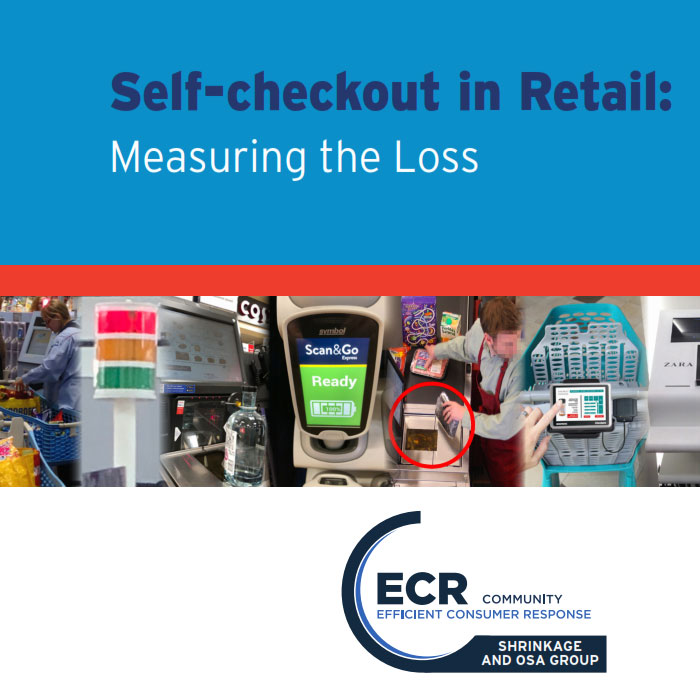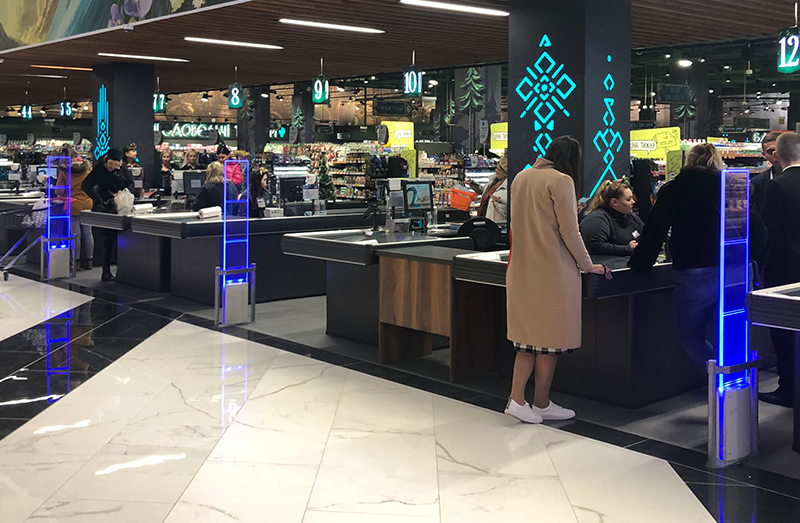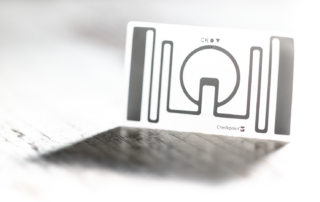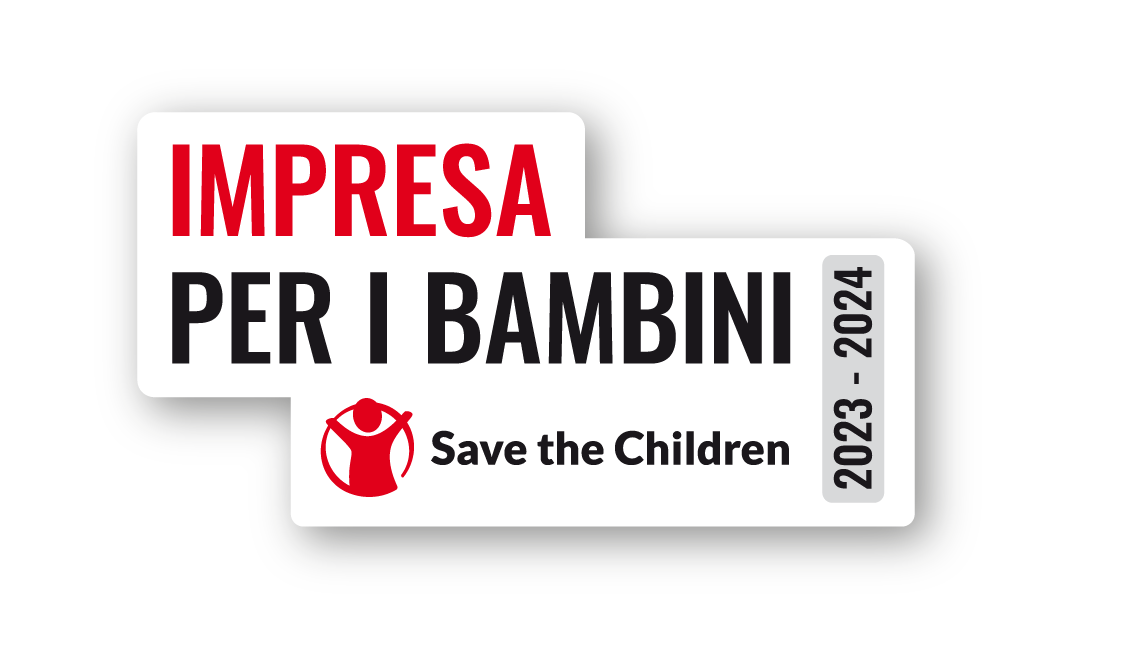The challenge
In 2015, JBC – a major Belgian clothing retailer – worked with Checkpoint Systems to roll out radio frequency identification (RFID) across its supply chain. This made the company one of the pioneers of the technology in Belgium and three years later, the clothing chain looks back with satisfaction and has provided some tips to successfully implement RFID.
Experience is of the upmost importance to JBC – both the experience of the customer and its staff. Convenience and speed at the cash register play an important role in this. In 2013, the retailer began looking for a technology that would minimise the time taken to pay for goods at the checkout that was easy for store associates to use. After a positive pilot in two of its 144 stores, RFID was identified as the solution.
How Checkpoint Systems responded
That time saving led to JBC deciding to introduce RFID in all its stores, as well as a distribution center in Houthalen.
By the end of 2014, the retailer, together with Checkpoint Systems – a leading provider of source-to-shopper merchandise availability solutions, had trained more than 100 apparel suppliers worldwide who were then required to sew RFID labels into the clothing at the point of manufacture. This initial process was crucial for the successful rollout as it improved efficiencies and reduced errors throughout the supply chain.
In order to further improve the supply chain process, in early 2015, the retailer had fitted RFID tunnels in its warehouse to check incoming and outgoing goods. The perfect time to check whether the suppliers had correctly sew in the RFID labels.
Fred Tielens added: “The first deliveries were not as expected. Some of our suppliers had sewn the labels incorrectly in the clothing, without taking into account the size or the color. Fortunately, because of the checks, we were able to work with these suppliers immediately to correct issues. It ultimately encouraged us to tighten up the controls.”
The results
RFID changed the way JBC had worked in its warehouse. Where previously it had to count and process the delivered goods, the goods are now counted and tagged at the distribution center. The disappearance of these intermediate steps reduced the number of internal transports and now ensures sharper delivery times. In other words, JBC can provide its stores with the requested items more quickly.
After the suppliers and the warehouse were fully trained, JBC started the roll-out to its stores in 2015. To begin with, a number of intensive workshops, led by a project manager from Checkpoint Systems, were run to in order to train regional managers on the RFID process. And at a later stage all store staff were added to the training programme.
The Checkpoint programme delivered four key benefits:
- Reduce lead time at the POS
- Full RFID integration of warehouse, suppliers and stores
- The workload at the cash registers has decreased considerably
- A more customer oriented shopper environment







